We wear helmets when we ride our bikes, we block the smoke from far away and we make sure our children eat food grown without pesticides. We probably prevent many accidents and diseases in this way, but there are those who argue that we are becoming safety junkies and developing panic syndromes. What really happens when the world's disasters creep closer to us anxiety-ridden Swedes?
Differences in managing risks
When travelling, one cannot help but reflect on the differences between how Swedes deal with risks in their environment compared to how people in other parts of the world do. In some countries, people live in constant insecurity, with war and threats around them in their daily lives.
In other countries, helmets and seat belts are not used - even though they are available and even though traffic is much more risky than in Sweden. I don't recommend this last one at all; if a seatbelt and helmet are available, I think it's terribly unnecessary not to use them. At the same time, I can't help but wonder what this safety thinking does to us humans.
The world is global
Sweden is not an island with impenetrable walls to the rest of the world. On the contrary, we are part of something global. Disasters that happen in other parts of the world also happen to us. We are often on the move, people move back and forth across the planet, and people in crisis-hit countries need our help.
How do we manage risks?
But how do we, who are frightened by a puff of smoke from a cigarette or a sprayed carrot, manage to deal with acute dangers? We have noticed what happens when someone perhaps have glimpsed a small submarine or when the occasional person landing at Arlanda purely hypothetically could have Ebola. Like, what do we do when there is a real crisis? Can we handle it ... or do we need collective therapy then?
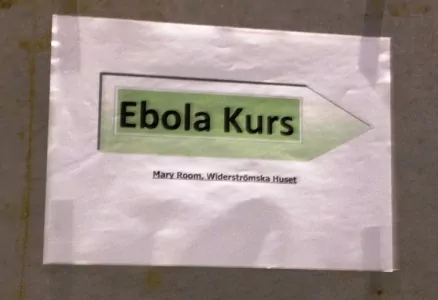

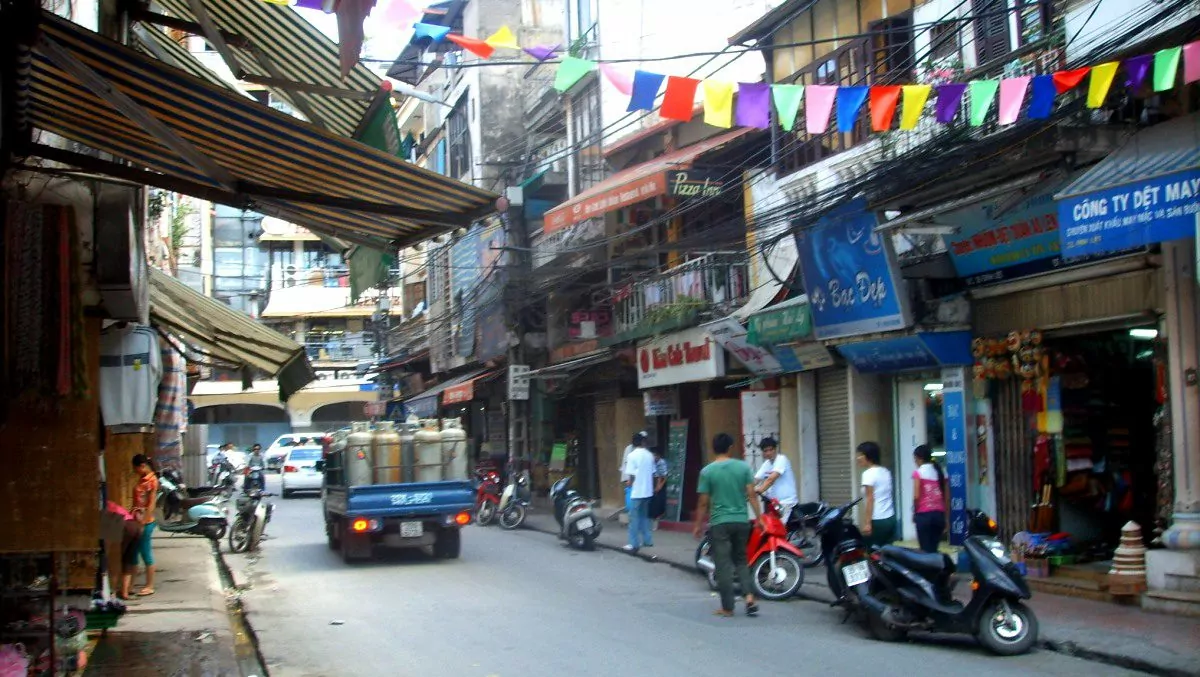







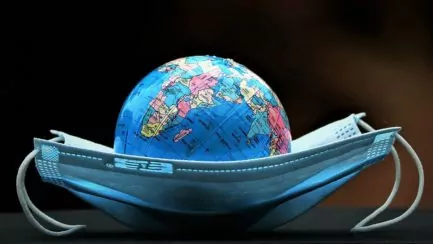
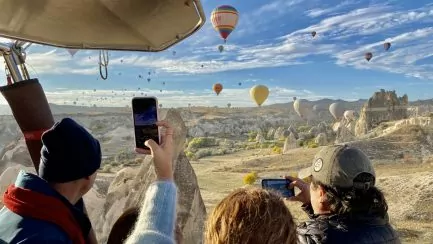
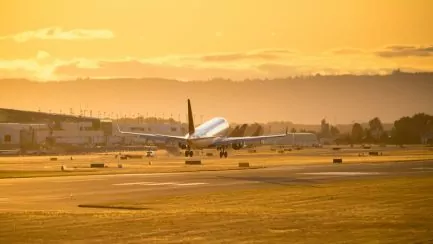
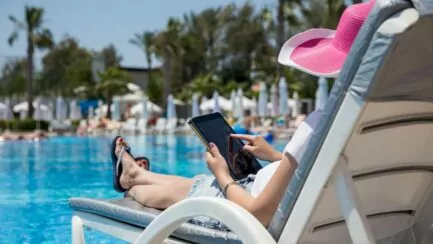




Ditte says:
Wise thoughts I think! something to think about further.
I think many times in Sweden we live in a sheltered part of the world and find it easy to see things bigger than they are. We probably want to wear both braces and belts for most of the day.
When something other than non-organic vegetables comes up, it is easy to have little "disasters" when things are a bit "messy". The disasters for our part have not yet occurred.
24 October 2014 - 14:28
Alexandra says:
That's interesting! I kind of think that eating healthy and non-toxic food, cycling with a helmet, making sure Stella's car seat is safe, etc. are things I can control while whether Ebola will come here or if we end up in a war is not so much I can control and is therefore not something I worry about.
24 October 2014 - 15:54
BP says:
Well... We are soooo spoilt in Sweden when it comes to natural disasters, accidents and diseases. Here you always take the safe before the unsafe. Good or bad - I really don't know.
24 October 2014 - 18:06
admin says:
Ditte, it will be interesting to see what happens in the future... It feels like the world is becoming more and more global!
Alexandra, your thinking is wise! No point in worrying about things that are out of our control either...
BP, yes, we are spoilt... in many ways. And I think a bit like you, don't know if it's good or bad... Or it's good, if it doesn't go too far, maybe.
24 October 2014 - 19:28
FANTASYDINING-En blogg om temarestauranger och resor says:
You might actually ask yourself that! I laughed a lot during that line with smoke puff and sprayed carrot. The laugh of the day. Maybe I'm tired I don't know but I thought it sounded so funny ...
24 October 2014 - 19:35
admin says:
FantasyDining, yes haha, I think we Swedes are a bit funny sometimes... but maybe everyone is sometimes, depending on their perspective....
😉
25 October 2014 - 9:08